Finding Balance Without Losing Momentum: A Leader’s Guide to Work-Life Harmony
In today’s fast-paced world, work-life balance can feel like a moving target. Leaders are often pulled in multiple directions — managing teams, delivering results, keeping stakeholders happy, all while trying to maintain their own wellbeing.
It’s easy to fall into the trap of thinking that being “busy” equals being productive, or that giving 100% at work means you need to sacrifice personal time. But sustainable leadership isn’t about extremes — it’s about understanding yourself, your patterns, and the way you engage with your work and your team.
At T2, we believe that self-awareness and intentional leadership are at the heart of sustainable productivity. Our Leading Yourself and Leading Productively pillar, part of our methodology, focuses on helping leaders understand their strengths, behavioural tendencies, and patterns, all of which can be a game-changer when it comes to balancing priorities effectively.
That’s why we’ve put together some practical tips that leaders can start applying today to improve both productivity and personal wellbeing. These aren’t silver bullets, but small, deliberate actions that, over time, create real impact.
Practical Tips for Leaders:
Know your energy peaks
Everyone has periods in the day when they feel most alert and focused. Identify yours and schedule your most demanding tasks during these windows. By aligning high-energy work with peak focus, you reduce stress and improve outcomes.Set clear boundaries
Leading effectively isn’t just about managing tasks — it’s about managing your boundaries. Communicate availability to your team, protect time for reflection, and make sure you build in breaks. This sets an example and signals that balance is valued.Leverage your team
Delegation isn’t just a way to lighten your load — it’s a leadership tool. By trusting your team to deliver, you create space for strategic thinking while developing their skills and confidence.Reflect with insight
Tools like PRINT® profiles and psychometric assessments provide leaders with actionable insight into their own behaviours and tendencies. Understanding how you naturally communicate, make decisions, and react under pressure can help you work smarter, not harder.Build routines, not just habits
Small daily practices, such as structured planning, short mindful breaks, or consistent reflection, help maintain productivity without overwhelming yourself. Over time, these routines build resilience and focus, turning intention into sustainable action.
Work-life balance isn’t about equal hours spent at work and at home — it’s about quality, intentional engagement in both areas. By cultivating self-awareness, leaders can model balance for their teams, improve productivity, and foster cultures where people can thrive without burnout.
Even small changes in how we plan, prioritise, and reflect can create ripple effects across teams, improving not just outputs but wellbeing and engagement. Balance isn’t a destination; it’s an ongoing practice.















